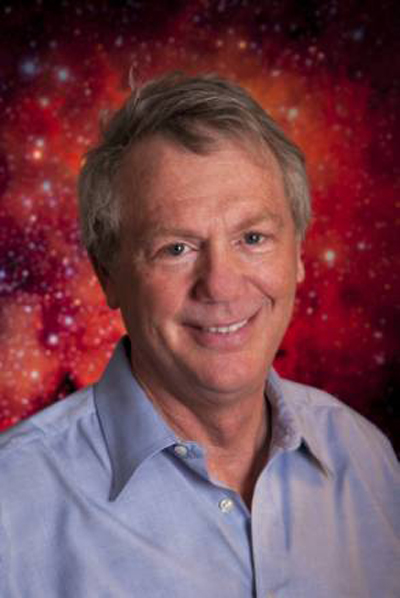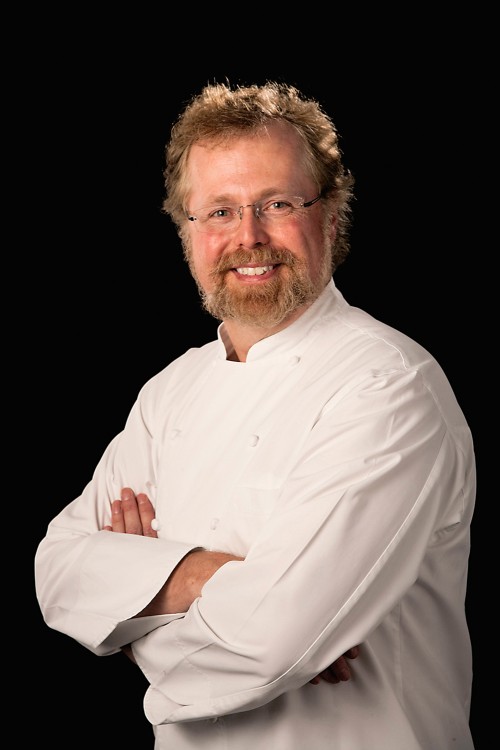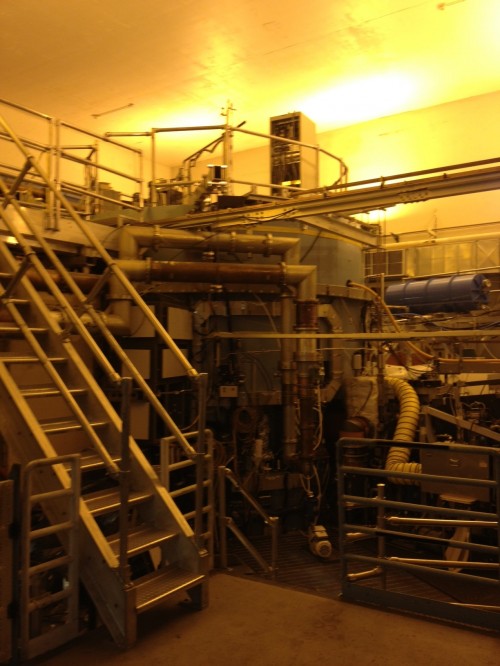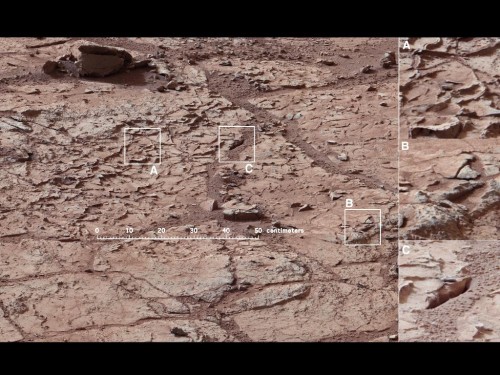Category Archives: AAAS Annual Meeting 2013
Hunting the Higgs
By Michael Banks in Boston
“It looks like a Standard Model Higgs,” remarks Christopher Hill from Ohio State University. “Everything we have measured has strengthened that position.”
Last year, researchers working at the Large Hadron Collider (LHC) at CERN reported they had found a Higgs-like particle with an energy of around 126 GeV.
Yet while the Higgs looks like that predicted by the Standard Model of particle physics, further measurements were needed before researchers could be sure.
View all posts by this author | View this author's profile
Shining a light on dark energy
By Michael Banks in Boston

Robert Kirshner (Courtesy: Lynn Barry Hetherington).
Dust is annoying, particularly when you want to obtain a precise measurement of the expansion of the universe.
Today, Robert Kirshner from Harvard University gave a plenary lecture at the 2013 AAAS meeting in Boston giving participants a tour of the latest in dark-energy research.
Kirshner is a member of the High-Z team that some 15 years ago used observations of supernovae to discover that the expansion of the universe is accelerating.
Indeed, his former students – Brian Schmidt and Adam Riess – shared the 2011 Nobel Prize for Physics together with Saul Perlmutter for this discovery.
Riess, a graduate student at the time, played an important part in figuring out how to account for dust when measuring supernovae distances. This dust surrounding a supernovae is annoying as it absorbs light, which introduces uncertainties in deducing how far away supernovae are.
Reiss managed to account for this well enough to measure the brightness of supernovae to a reasonable precision that could then be used to deduce the accelerating expansion of the universe; but now Kirshner’s team is planning to go a few steps further by doing better measurements.
View all posts by this author | View this author's profile
Japan 101

Stand from Japanese research bodies at the 2013 AAAS meeting.
By Michael Banks in Boston
There is certainly a big presence from Japanese research bodies at the 2013 AAAS meeting in Boston.
In the exhibitors’ hall, the World Premier Institutes (WPI), RIKEN and the Okinawa Institute for Science and Technology all share a large central stall plugging their research and facilities.
Indeed, this presence may well be part of Japan’s drive to increase the number of foreign researchers and students in the country by actively highlighting its top research and facilities, a topic Physics World touched upon in a special report published last September.
View all posts by this author | View this author's profile
First results due from AMS
By Michael Banks in Boston
The first results from the $1.5bn Alpha Magnetic Spectrometer (AMS) are expected to be released in the coming two weeks, according to AMS principal investigator Samuel Ting.
Ting, who shared the 1976 Nobel Prize for Physics, was speaking at the 2013 AAAS meeting in Boston.
View all posts by this author | View this author's profile
A factor of two

Worrying signs at the National Ignition Facility.
By Michael Banks in Boston
“A factor of two is not a small thing, it is quite a challenge,” says Robert McCory from the University of Rochester in New York.
McCory was speaking about the latest in laser-based fusion research (known as inertial confinement fusion) at the 2013 AAAS conference.
View all posts by this author | View this author's profile
Infinite BBQs
By Michael Banks in Boston

Nathan Myhrvold.
(Courtesy: Ryan Matthew Smith)
Here is a good quiz question. What contains more water: a cucumber or a glass of milk?
If you happened to guess the humble cucumber then you would be correct.
At least that is, according to Nathan Myhrvold, who says the water content of a glass of milk is around 85%, while for a cucumber it is more like 95%. This is because milk is made up of other things such as proteins and fat.
Myhrvold, who has a PhD in physics, was speaking at the 2013 AAAS meeting in Boston where he gave a plenary lecture to a packed audience on the science of cooking.
Myhrvold is the brains behind the recently published six-volume, 2400-page tome Modernist Cuisine that took him and his staff of eight researchers around five years to put together.
Apart from talking about the novel cooking techniques he has developed such as making crispy chips in an ultrasonic bath and spinning peas in a centrifuge to bring out more flavour, Myhrvold had some tidbits of information we could all put to use.
View all posts by this author | View this author's profile
A trip to MIT
By Michael Banks in Boston

Alcator C-Mod at MIT.
It may have been the prospect of free pizza that led me to hop on a bus heading to the Massachusetts Institute of Technology (MIT).
But apart from a free lunch, we were also promised a tour of MIT’s fusion facilities, which are based at institute’s Plasma Science and Fusion Center (PSFC).
So after a few slices of pepperoni pizza, we donned the hard hats and moved on to the tour, which included a look at MIT’s main experimental fusion facility – the Alcator C-Mod fusion tokamak.
Operating since 1991 and with a budget of around $25m per year, Alcator C-Mod is a magnetic-confinement fusion device. It heats up a plasma of deuterium and tritium atoms to millions of degrees kelvin, which causes the hydrogen isotopes to fuse and release energy.
However, Alcator C-Mod faces an uncertain future. Last year Congress slated the facility for closure after increasing the budget for the ITER fusion reactor in France. Given no increase in the Department of Energy’s budget for fusion – standing at around $450m per year – the cut had to then come from the domestic fusion programme.
View all posts by this author | View this author's profile
Curiosity on Mars
By Michael Banks in Boston
John Grotzinger, project scientist for NASA’s Curiosity mission, might be best known for whipping up a media frenzy in late November when he told NPR that data from one of the probe’s 10 instruments was “gonna be one for the history books”.
While the news that the probe had discovered evidence of organic molecules in the soil but more tests were needed was less than earth shattering, today at the 2013 AAAS meeting in Boston, Grotzinger gave an update on the mission that touched down on Mars on 6 August 2012.
If you don’t fancy reading any more, the bottom line is that everything is working as expected.
View all posts by this author | View this author's profile
Boston bound

(CC BY-SA 3.0 Riptor 3000)
By Michael Banks
I have just arrived in Boston for the 2013 American Association for the Advancement of Science (AAAS) meeting, which began in earnest today.
View all posts by this author | View this author's profile
